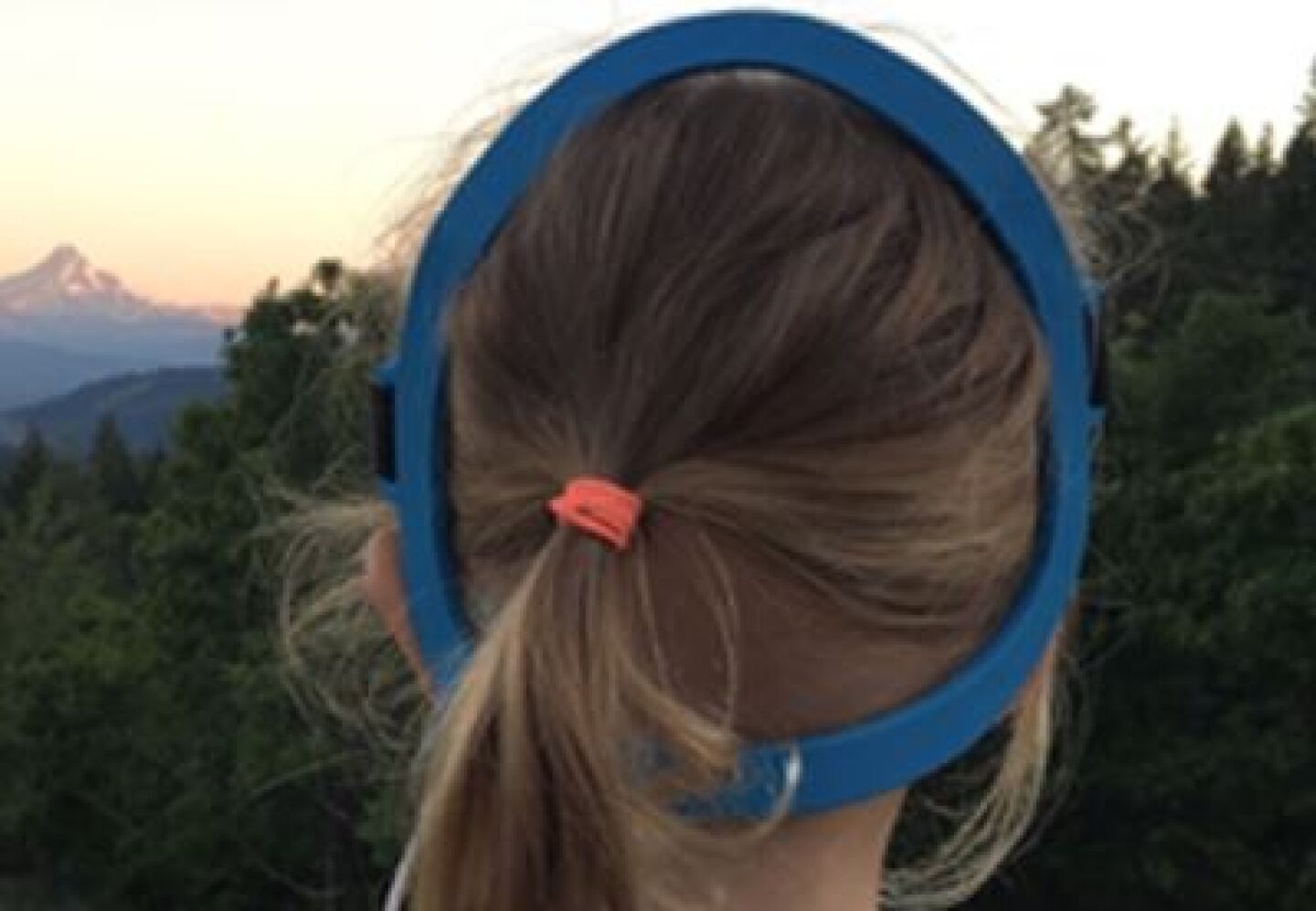September 24 is World Cancer Research Day, and September is Childhood Cancer Awareness Month. BioSpace spoke with leaders from three companies tackling pediatric glioma.
Modifi Bio Co-founders Dr. Kingson Lin, Kevin Rakin, Dr. Seth Herzon and Dr. Ranjit Bindra/courtesy Modifi Bio
September is Childhood Cancer Awareness Month, which sheds light on the need for new developments in pediatric oncology. For American children, the number one cause of death by disease is cancer. Pediatric gliomas, the most common type of brain tumor in children, are a critical area of focus for oncology research.
A Yale School of Medicine team recently published a study outlining their development of a tumor-selective DNA cross-linking agent that targets drug-resistant glioma tumors.
Dr. Ranjit Bindra, M.D., Ph.D., a co-lead author of the study and the Harvey and Kate Cushing Professor of Therapeutic Radiology at Yale Medicine, told BioSpace there are a number of complexities when it comes to treating pediatric gliomas.
Pediatric Brain Tumors are Unique
First of all, research regarding children’s brain tumors tends to mirror what’s worked in the past for adults, but this approach has many flaws.
“Pediatric brain tumors have very unique tumor mutations and molecular genetics that are distinct from adult tumors, such that what works in adults typically will not work in kids,” Bindra explained.
Secondly, he pointed out the glaring unmet need in rare pediatric cancers overall. Even if cancers such as medulloblastoma or ependymoma are less frequently diagnosed than others, malignant results are devastating to families and entire communities.
During his residency at Memorial Sloan Kettering Cancer Center, Bindra witnessed “absolute devastation” from families with children who were diagnosed with rare tumors. “You see a lot of people in absolute shock. They’re thinking about their summer plans for a four-year-old in school, and all of the sudden, they have an incurable brain tumor.”
The limited patient population makes it difficult for researchers in the pediatric oncology space to gain funding or grants. Thankfully, companies like CureSearch for Children’s Cancer are helping to drive innovation. The organization contributed to the funding of the DNA repair agent research study.
Bindra explained the genetic mutations that happen in pediatric cancers – and all cancers – with a driving analogy. Normal cells are driven into cancers when “a cancer cell takes its foot off the brake and puts its foot down on the gas pedal. Those are what we call two genomic hits.”
In precision oncology, these features can be targeted. If the cell is accelerating too fast, a drug can be developed to slow it down. But the intelligent cancer cells are rapidly able to find a way around these drugs, however, which causes resistance over time.
The DNA Repair Approach
“DNA repair is the process of repairing errors in the genome in cancer,” Bindra noted. Over the past 10 to 15 years, research has shed light on how cancer cells dysregulate the DNA repair process as they grow.
“The same function that allowed the cancer cell to form is also an Achilles heel because it’s growing in a situation where it’s inactivated key parts of the DNA repair system,” he continued.
The newly developed molecules exploit this Achilles heel, inactivating a DNA repair pathway to selectively kill the cancer cells. “We’re going after what actually created the cancer cell by further destabilizing the genome to the point of no return,” Bindra said.
On a higher level, the study shows that “instead of indirectly targeting proteins, you can actually directly modify the DNA.”
Based on the novel discovery, Bindra, Seth Herzon, Ph.D. (study co-lead author), Kingson Lin, Ph.D., (study author), and Kevin Rakin (partner HighCape Capital) co-founded Modifi Bio. The new company plans to get the molecule into the clinic by 2024.
“Modifi Bio is now rapidly testing these molecules and trying to find the right one that will be able to work in patients,” Bindra said.
Tovorafenib Leads to 64% ORR in Phase II
Another company working to develop treatments for children’s cancer is Day One Bio. Dr. Samuel Blackman, M.D., Ph.D., co-founder and chief medical officer, told BioSpace the company’s name was inspired by what pediatric oncologists refer to as the Day One Talk.
“This is the talk you have with the family when the child is diagnosed with cancer,” said Blackman, who completed his fellowship at Dana-Farber Cancer Institute. “This is where you walk through the diagnosis, the treatment plan, the side effects, the alternatives and what it’s going to be like for the family.”
The discussion typically takes several hours and involves many tissues. Blackman said he wants his company to make new drugs to offer at the Day One Talk rather than decades-old chemotherapy options.
One of these drugs is tovorafenib (DAY101), an investigational type II pan-RAF kinase inhibitor. The drug is being developed to treat pediatric low-grade glioma (pLGG). Early data from the Phase II FIREFLY-1 trial showed tovorafenib resulted in a 64% overall response rate.
The FIREFLY-2 Phase III evaluation of tovorafenib will open later this year, with a full dataset on FIREFLY-1 anticipated in early 2023.
Ultra-Low Radio Frequency Energy
A unique approach to pediatric glioma treatment comes from EMulate Therapeutics, a clinical-stage therapeutic device company. EMulate’s proprietary platform uses ultra-low radio frequency energy (ulRFE®) to record and replay a molecule’s digital fingerprint.
The company’s home-use Hælo system is being investigated as a potential treatment for diffuse midline glioma (DMG).
Chris E. Rivera, CEO, told BioSpace, “we have developed a WAV file that emulates in our technologies,” hence the name EMulate Therapeutics. The system works to “emulate the mechanism of a number of different drugs and chemicals by developing or transitioning the digital electronic signals off of molecules.”
EMulate has received the humanitarian device exemption from the FDA to treat DMG. So far, fourteen pediatric patients with DMG and diffuse intrinsic pontine glioma (DIPG) have been treated with the Hælo system in a compassionate use protocol. All but one of the patients was under the age of 18.
The device was worn on the back of the head for close proximity to the tumor, and a WAV file emulating the chemotherapy drug paclitaxel was played through a coil.
Twelve of the 14 patients survived for at least a year. The company hopes to replicate these results in an upcoming Phase III study. “We think this will have a meaningful clinical impact for these patients, the physicians and their families.”
With median survival for DMG being less than a year on average, Rivera sees treatment as a “high, high unmet need.”
He said many people’s initial reaction to the company’s technology involves disbelief.
“When you’re on the leading edge of something different, it can be hard to keep an open mind,” he said. “The challenges in not only brain cancer, but in children’s brain cancer, are daunting. I think we should keep an open mind and look at all potential avenues and aspects to treat these patients.”







